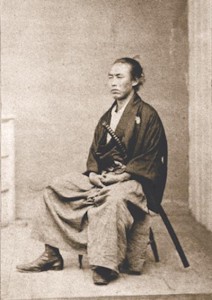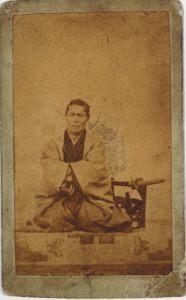This new book is a challenge! As I’ve said, the more I know, the more I feel I need to know. Not exactly a formula for a quick or easy completion of this project. My previous book was an introduction to the Shinsengumi. The next one will be an historiography. I like the following definition of historiography offered in Encyclopædia Britannica by Richard T. Vann of Wesleyan University:
“[T]he writing of history, especially the writing of history based on the critical examination of sources, the selection of particular details from the authentic materials in those sources, and the synthesis of those details into a narrative that stands the test of critical examination.”
In the Prologue of my previous book, I wrote that the Shinsengumi was commissioned by the Tokugawa Bakufu to restore law and order amid the gathering revolution. “At once reviled and revered, they were known alternately as rōnin hunters, wolves, murderers, thugs, band of assassins, and eventually the most dreaded security force in Japanese history.”
The Shinsengumi was much more than that.
I won’t finish my next book for at least a couple of years.
Think big! Create!
[The above photo of the original Miniature Shinsengumi Banner appears in my previous book, courtesy of Hijikata Toshizo Museum.]








